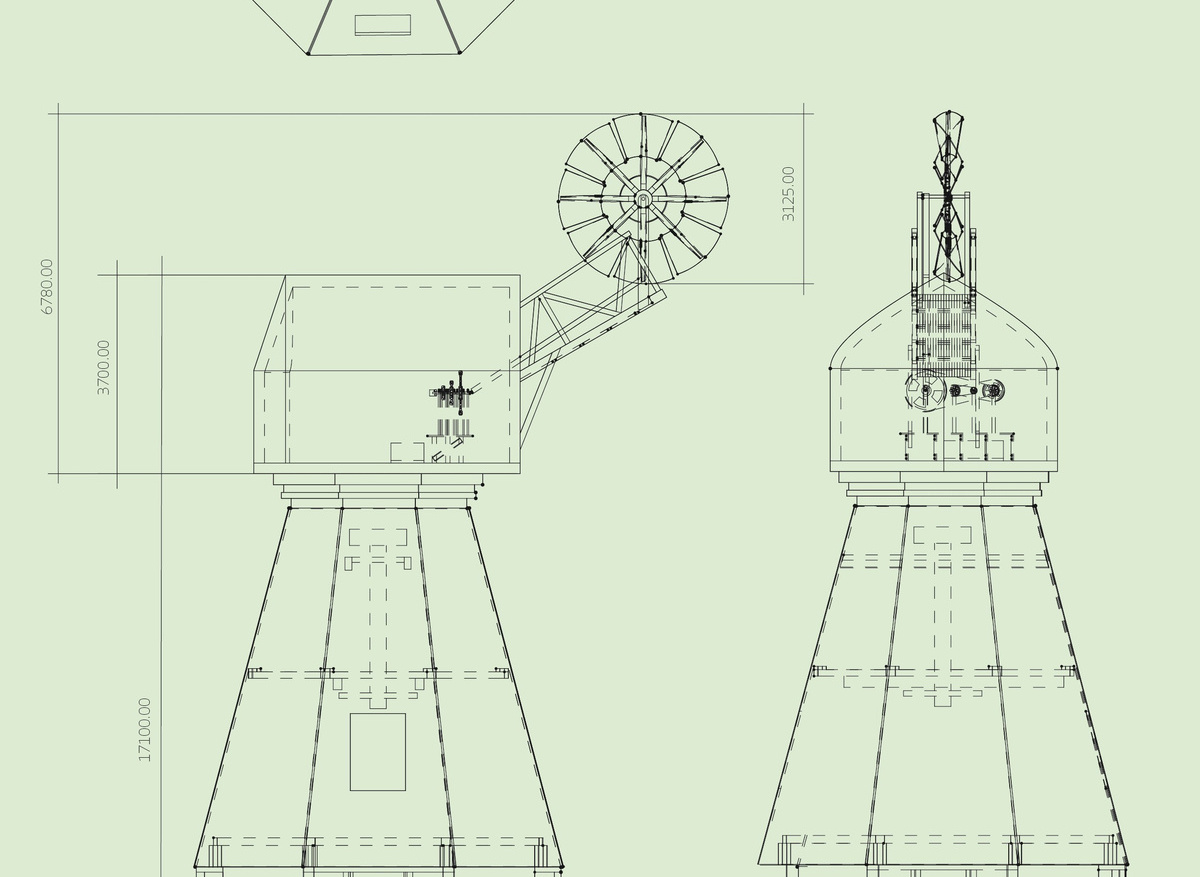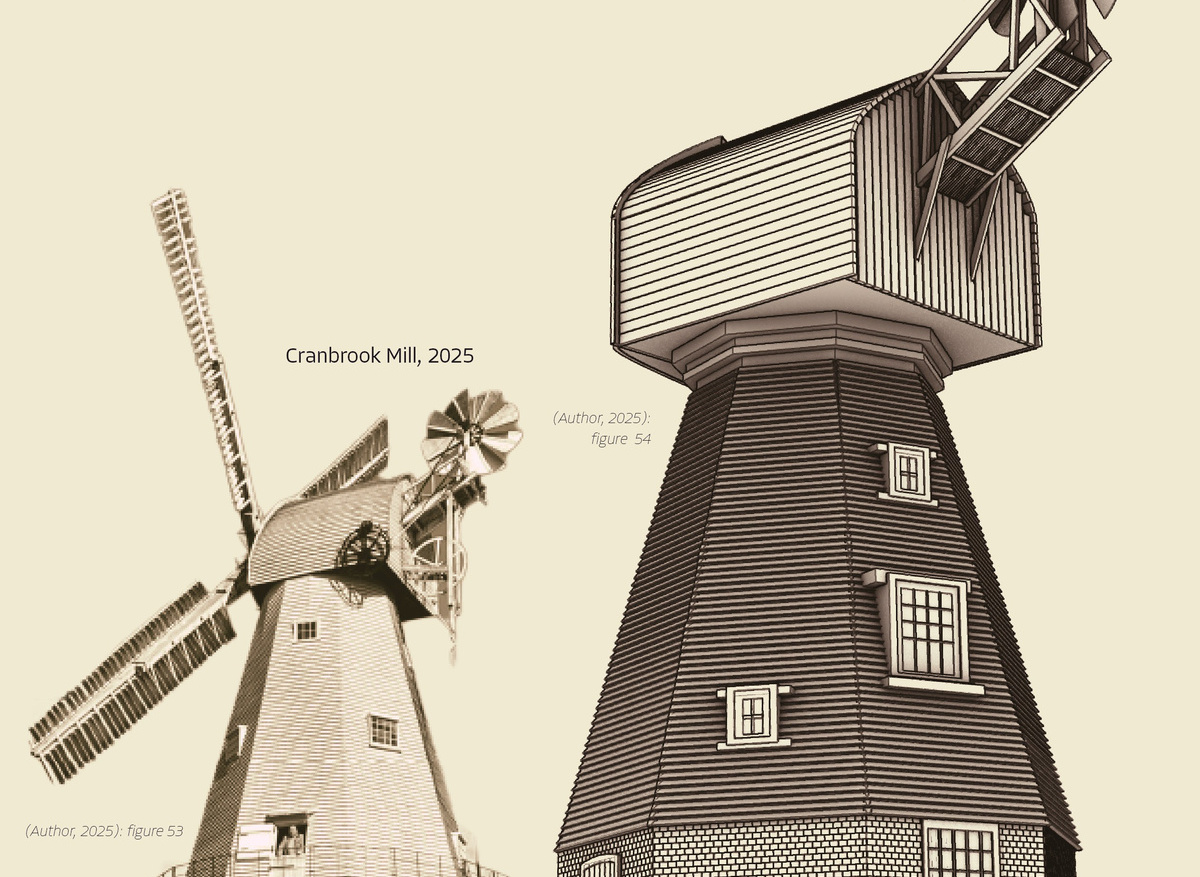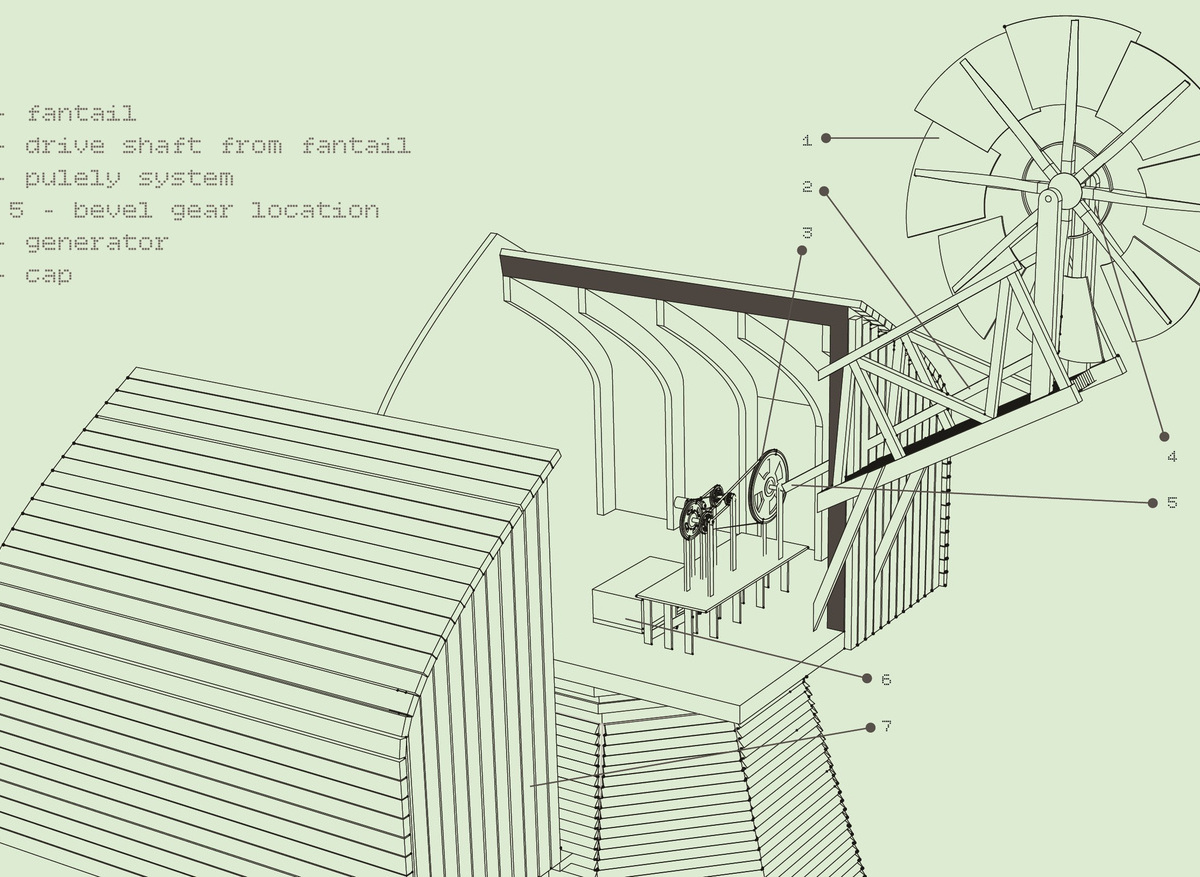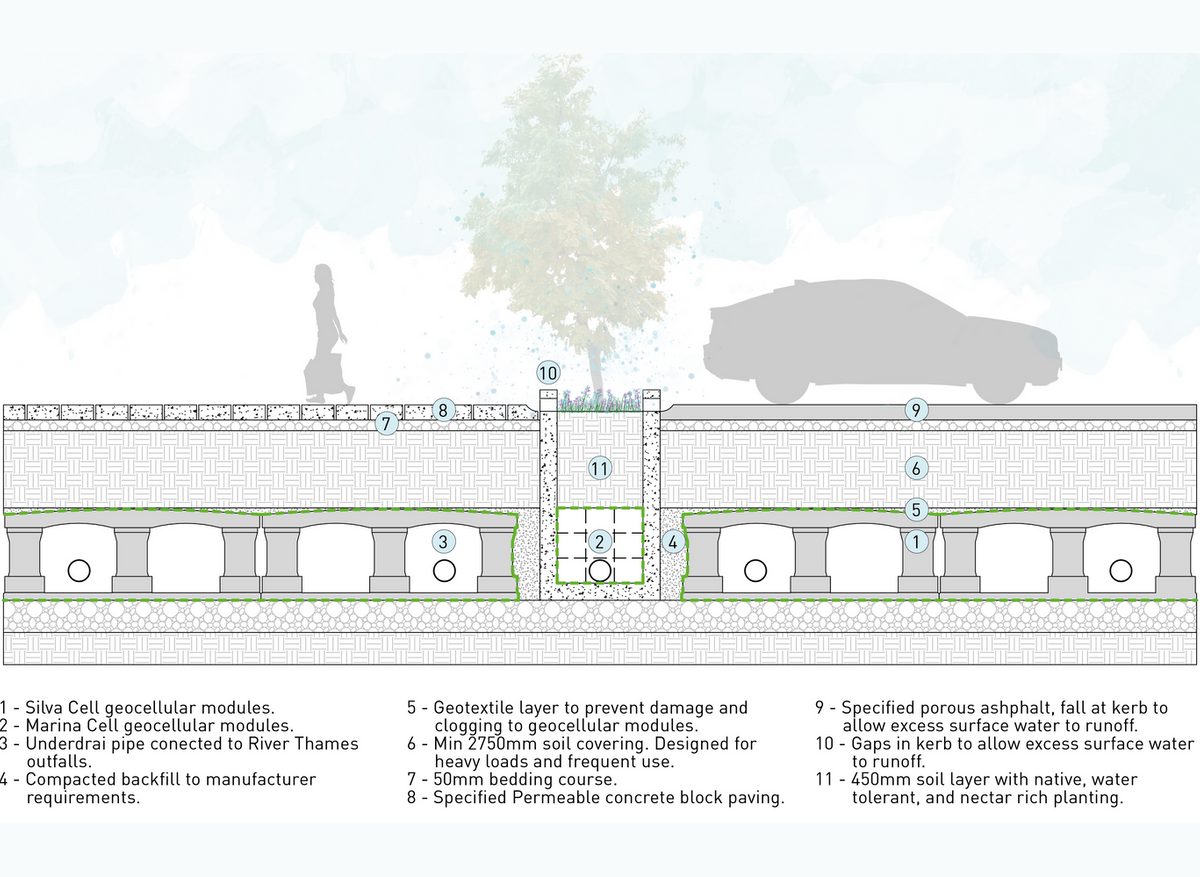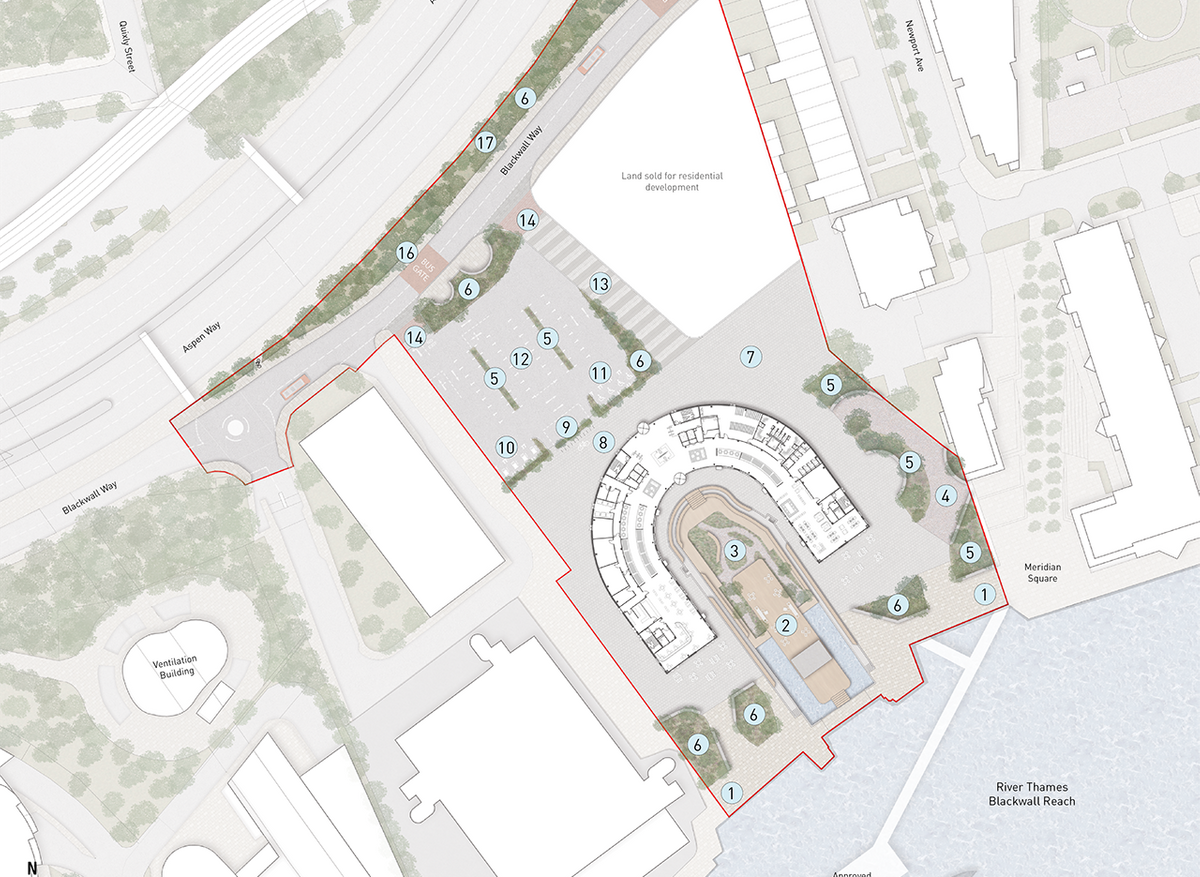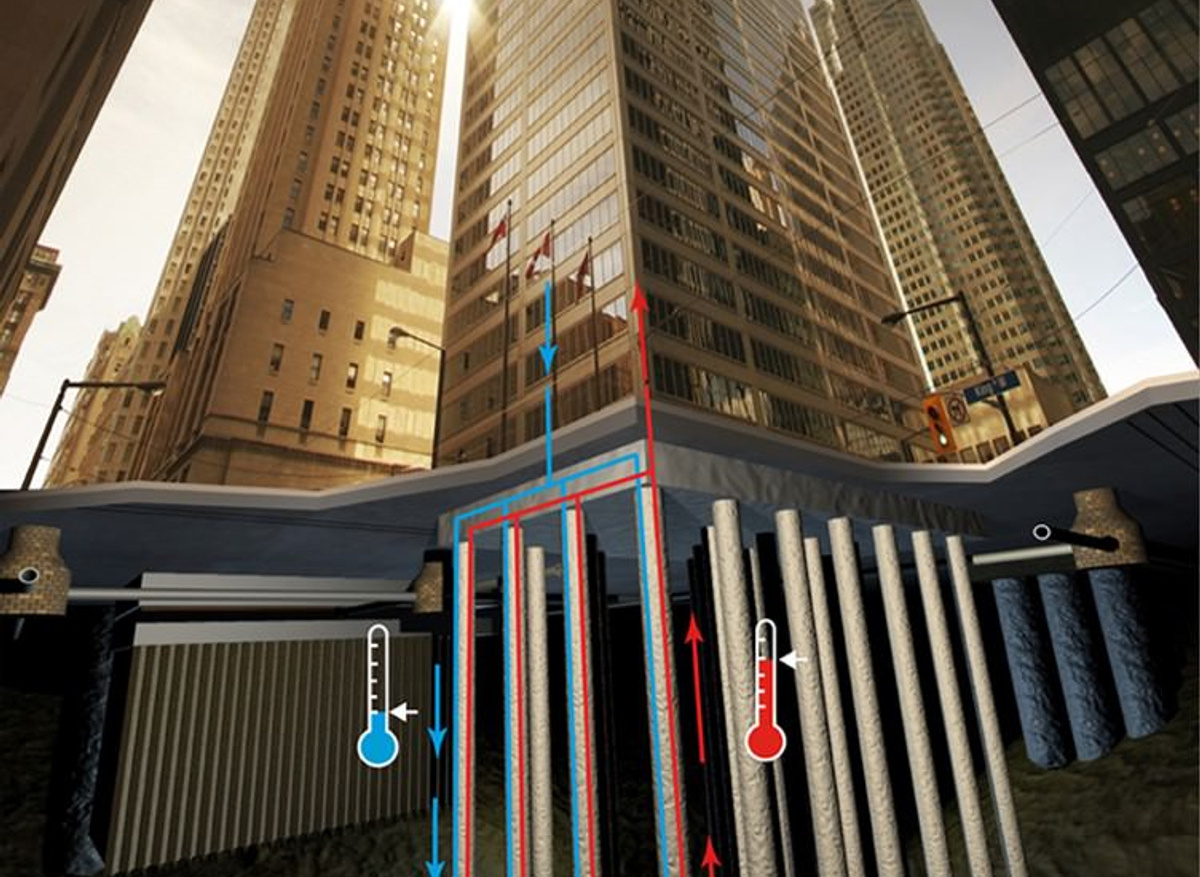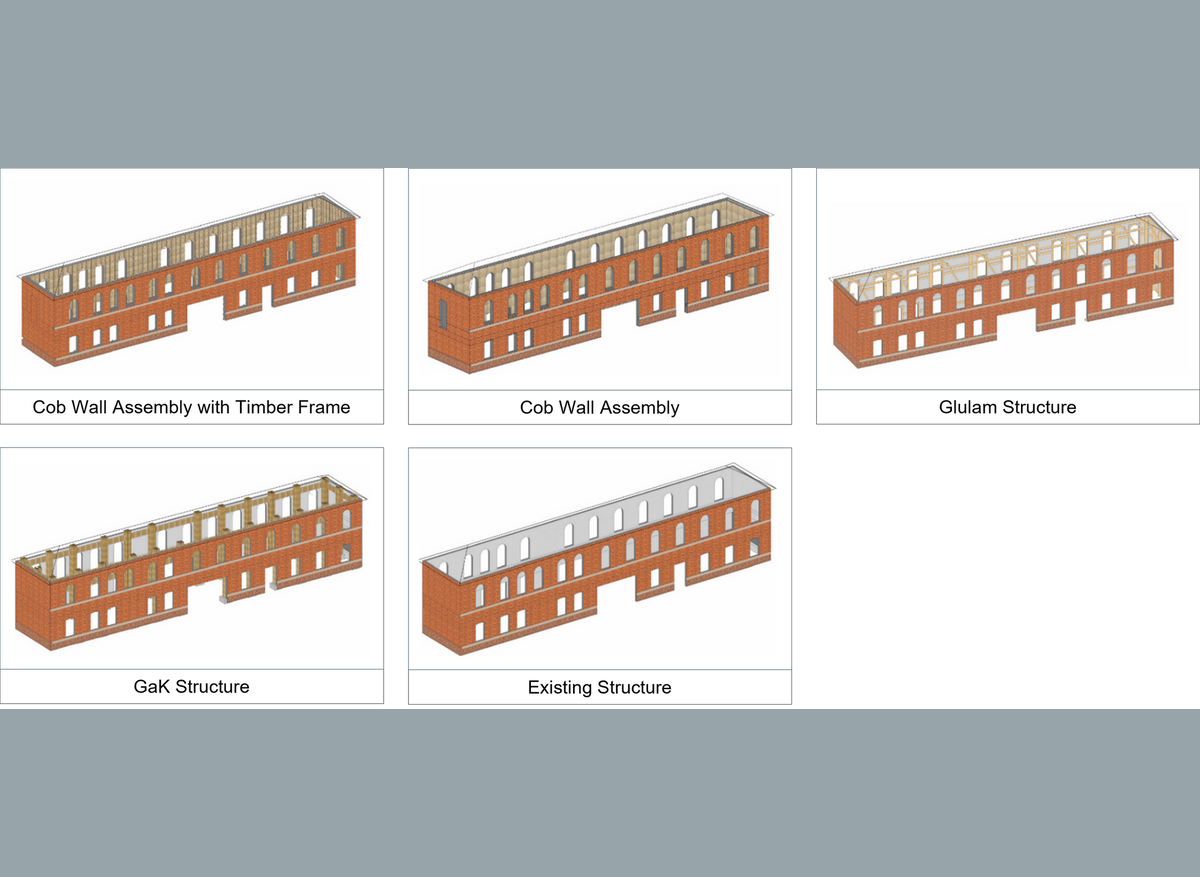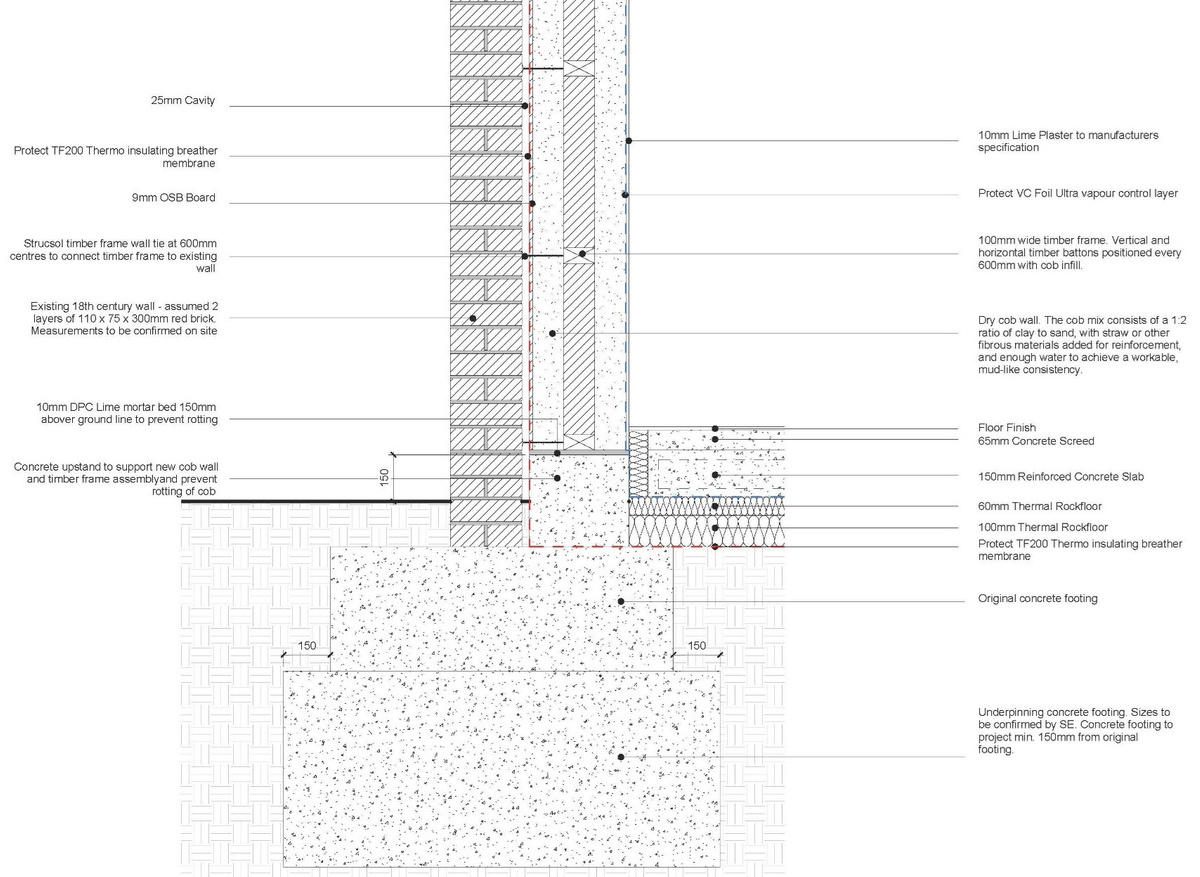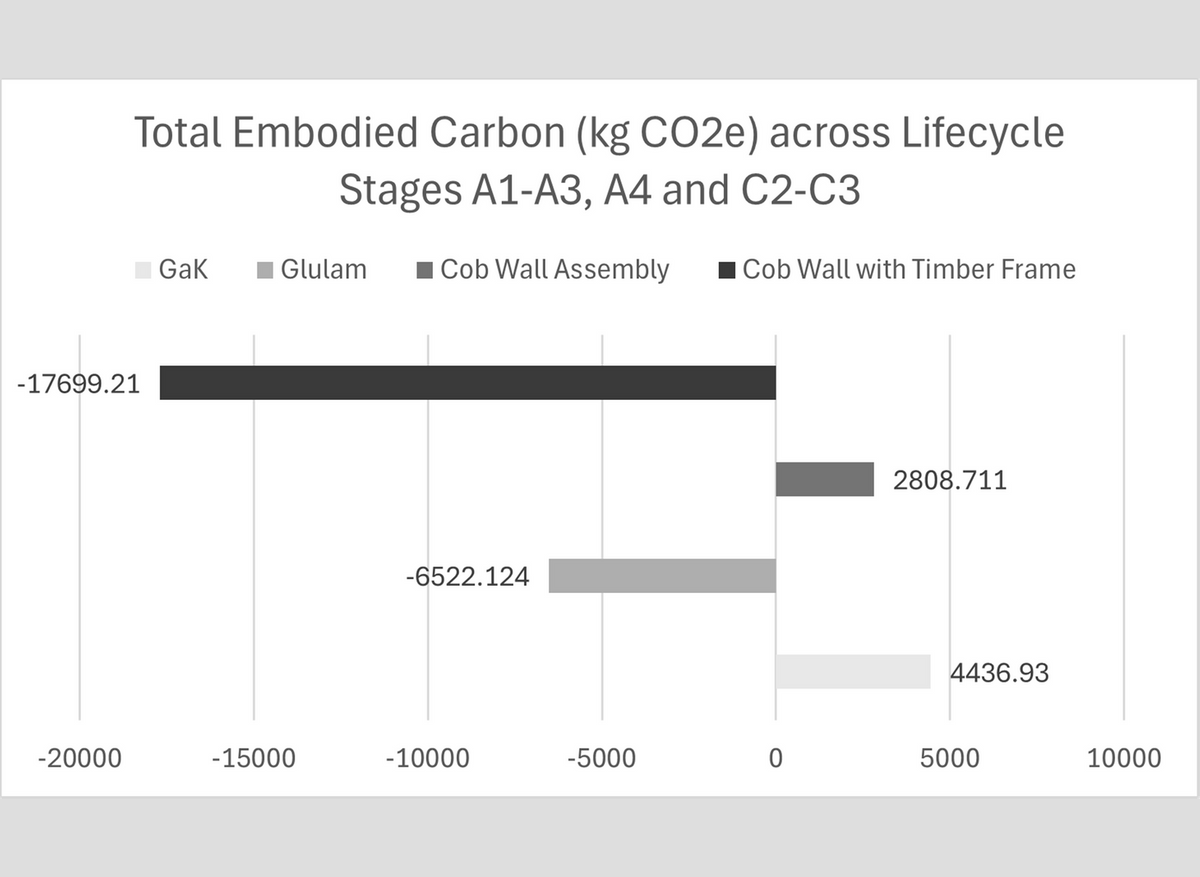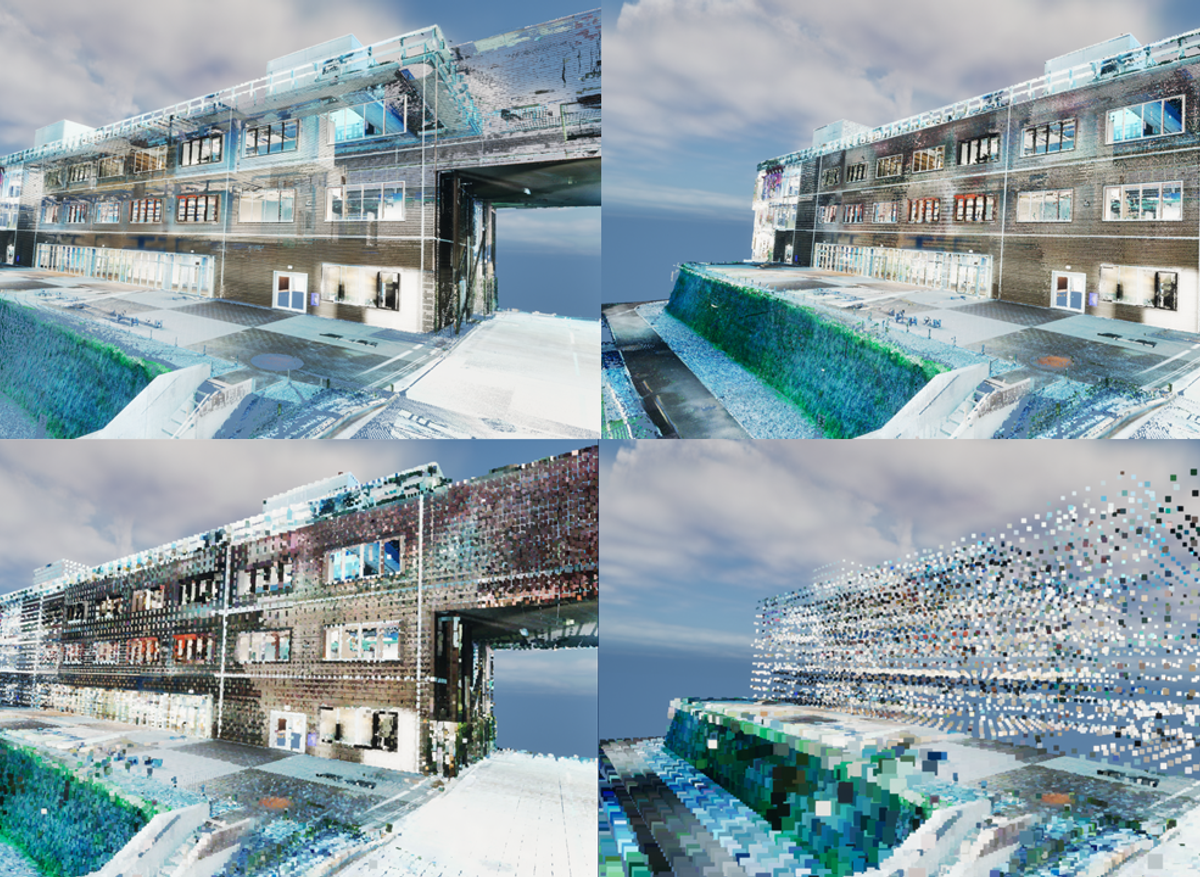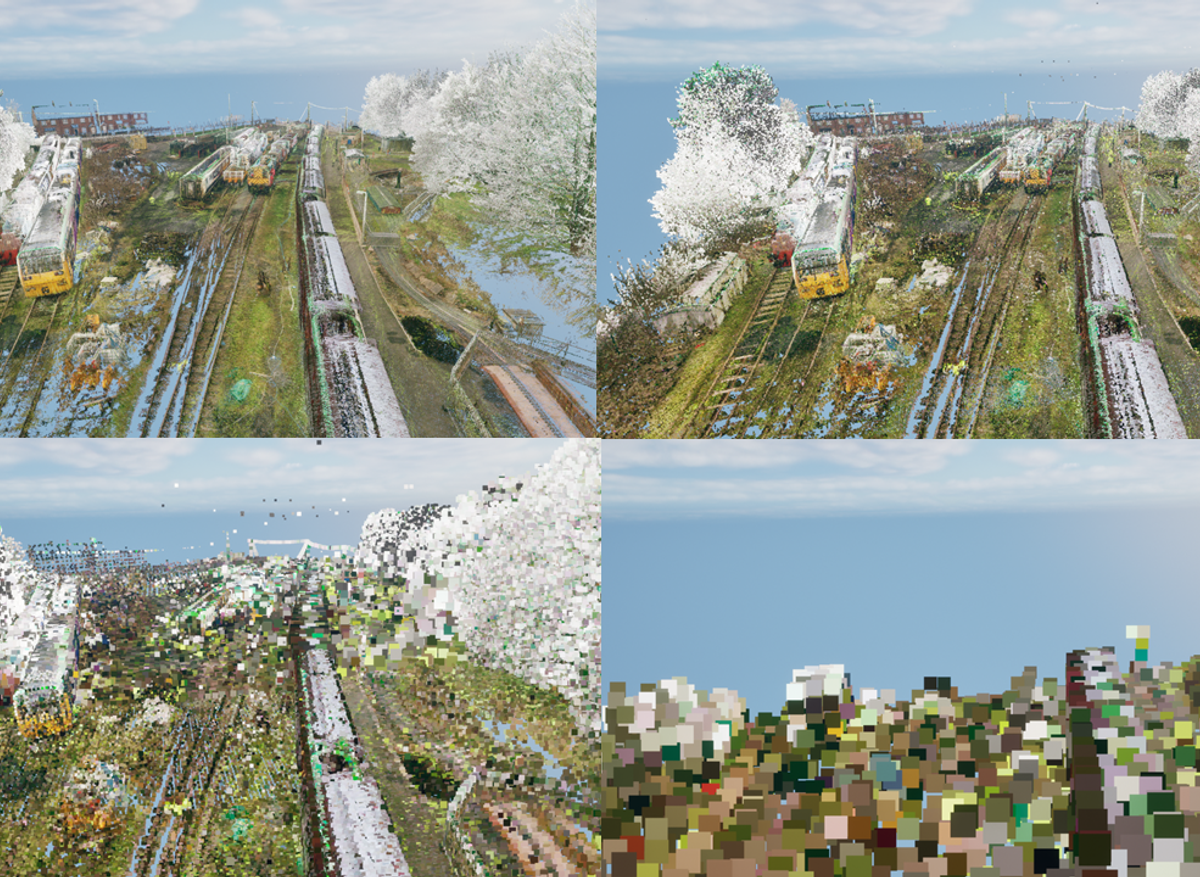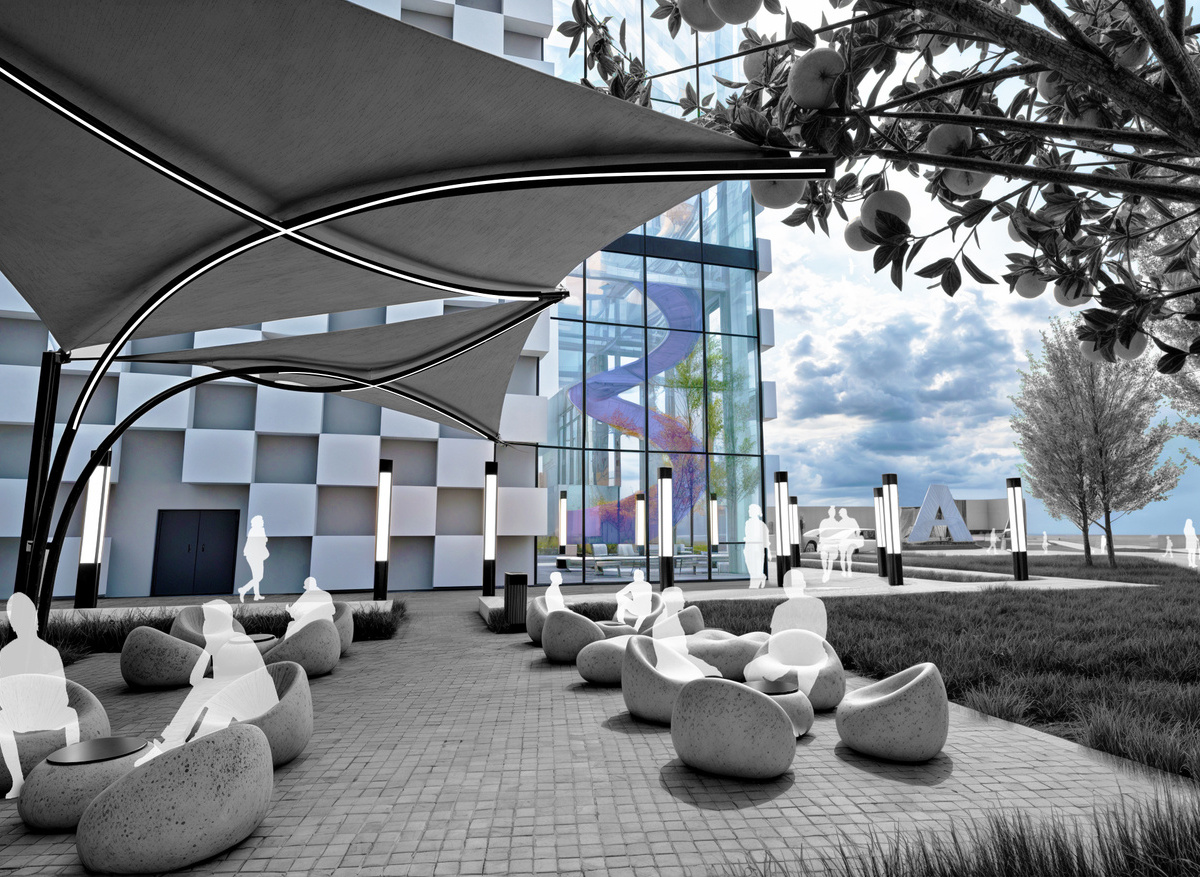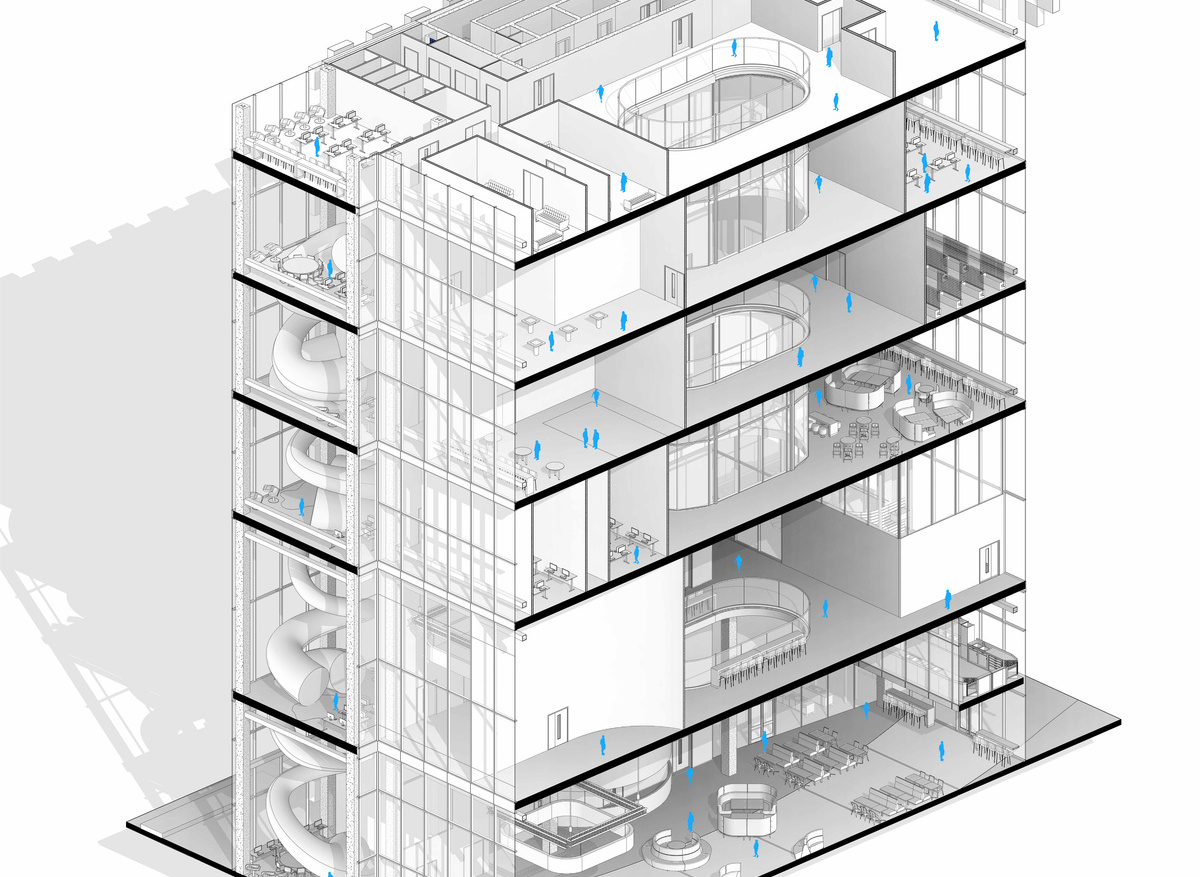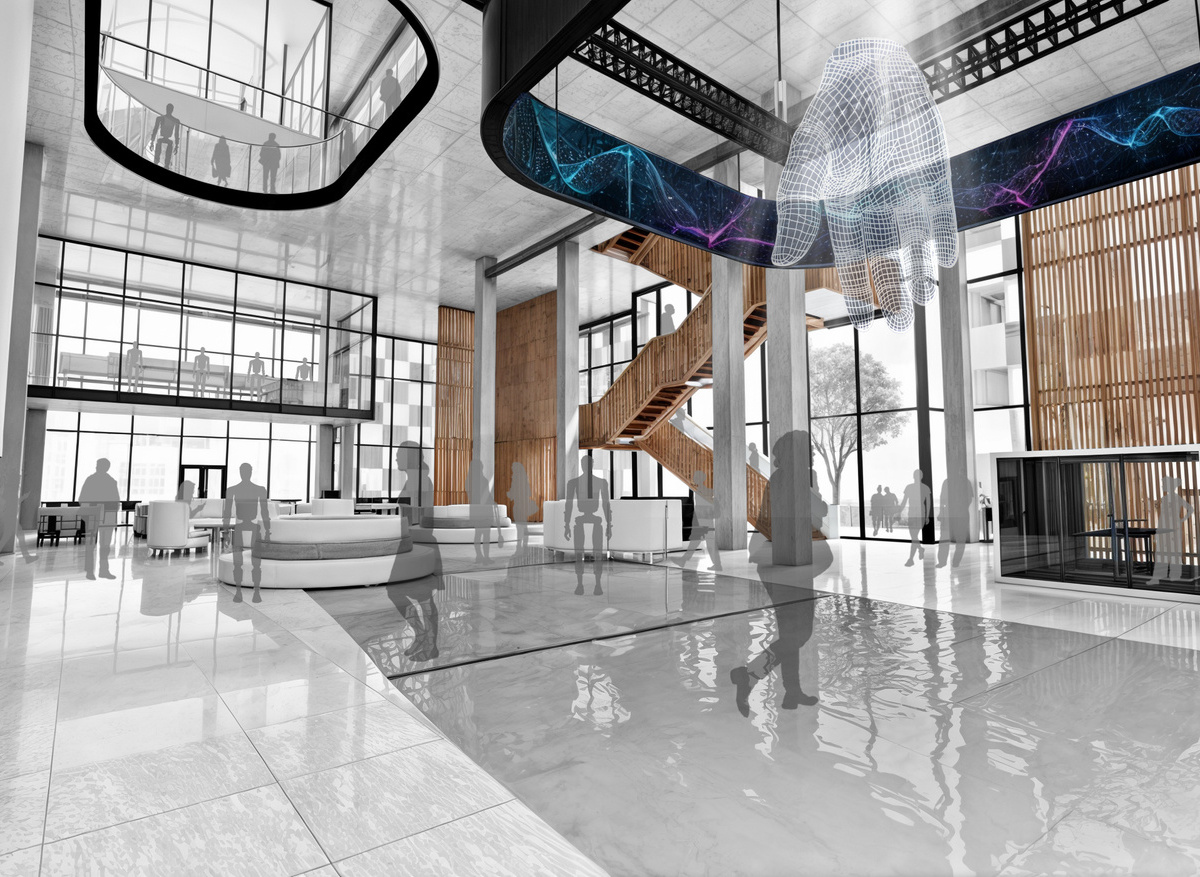Finalists | Student Report of the Year
Pulley to Power: Fantail Driven Renewable Energy – Anastasia Fedorova, University of Westminster
This report explores how historic windmills can be repurposed for renewable energy generation by adapting their fantails. Using the Grade II listed Mill in Kent as a case study, the research investigates how a step-up pulley system can overcome the fantail's low RPM (30-60) and enable power generation, while maintaining the building's heritage character.
A new fantail design combines wide blades for higher rotational speeds with a lightweight carbon-composite core clad in timber for safety, durability, and visual authenticity. Structural solutions address historic storm risks, while risk assessments informed safety-focused material choices.
The pulley system employs V-belt pulleys, aluminium or steel components, and bevel gears, with a weatherproof timber-clad casing to preserve appearance while ensuring efficiency.
The proposal demonstrates how integrating renewable technologies with heritage assets can extend functional lifespan, preserve historic aesthetics, and contribute to sustainable, site-responsive energy solutions.
Harnessing Sustainable Urban Drainage Systems (SuDS) for Surface Water Management – Braydon O'Donnell, Nottingham Trent University
This research investigates how Sustainable Urban Drainage Systems (SuDS) can reduce surface water runoff and pollution in the London Borough of Tower Hamlets – one of the UK's most flood-prone and densely populated areas. Using a mixed-methods approach, the study combined literature review, baseline analysis, and Storm Water Management Model (SWMM) simulations of 1-in-25 year and 1-in-100-year storm events, with a 40% climate change allowance.
Four interventions were assessed: permeable paving, bioretention systems (rain gardens), vegetated swales, and blue roofs. Individually, permeable paving delivered the highest runoff reduction (54.4%), while bioretention achieved the greatest per-square-metre effectiveness. When combined, the interventions reduced runofff by over 61% under both storm scenarios.
Beyond flood resilience, the study highlights wider ecological and social benefits, including biodiversity gains, rainwater harvesting, and air quality improvements. While acknowledging limitations around long-term maintenance and cost analysis, the research demonstrates SuDS' potential as effective, nature-based urban water management.
An Assessment of the Feasibility of Energy Piles for Widespread Use Across the UK Built Environment – David Smith, Liverpool John Moores University
This research assesses the benefits and challenges of energy pile foundations, which integrate closed-loop ground source heat pumps into deep reinforced concrete piles to provide renewable heating and cooling. Energy piles offer long-term carbon and cost savings but face barriers to widespread adoption in the UK.
A mixed-methods approach combined literature review with surveys and interviews across the construction industry. Key issues identified include thermal imbalance in heating-dominant climates, lack of technical standards, hybrid system complexity, and limited awareness among professionals and financiers. Energy piles are also constrained by site conditions, requiring significant substructures, with borehole alternatives often providing greater flexibility.
Despite these barriers, case studies and professional feedback highlight successful applications, particularly in hospitals and large projects where interdisciplinary collaboration occurs early. The research concludes that education, standardisation, and awareness are critical to unlocking energy piles' potential in reducing operational carbon across the UK built environment.
Tackling Embodied Carbon Within the Retrofit of Historic Structures – Jessica Hakes, Nottingham Trent University
This research investigates strategies to reduce embodied carbon through the sustainable retrofit of an 18th-century building, part of the author's Major Study Project (MSP). Retrofitting historic buildings avoids demolition and new construction, reducing carbon emissions while conserving heritage.
A mixed-methods approach was used across three phases: a literature review of five structural materials (glulam, cob, steel, reinforced concrete, Guadua angustifolia Kunth (GaK), 3D modelling of retrofit layouts in Autodesk Revit, and life cycle assessment (LCA) using OneClick LCA. Three low-carbon alternatives – glulam, cob, and GaK – were shortlisted.
Results showed that a hybrid cob wall with timber frame achieved the lowest embodied carbon (17,699.21 kg CO2e), outperforming glulam, cob alone, and GaK. Carbon sequestration during production offset end-of-life and transport emissions, making the hybrid system the most sustainable and practical retrofit solution.
The study concludes that combining natural materials can enhance performance, supporting the UK's net-zero goals and demonstrating viable low-carbon retrofitting strategies.
Analysing the Application of Extremely Large Point Clouds (ELPC's) in Real Time Environments using Game Engines – Joel Woodward, University of Wolverhampton
This report explores the feasibility of using Extremely Large Point Clouds (ELPCs) in real-time visualisation, particularly in Unreal Engine 5. With VR/AR applications requiring a minimum 60fps to maintain immersion, the study tested point clouds ranging from 3-31GB in .las and .e57 formats across two hardware setups: a high-performance workstation and a standard desktop.
Performance benchmarking revealed that real-time rendering is only achievable at point budgets of 10 million points or fewer, requiring significant manual reduction that compromises visual fidelity. High-performance workstations achieved 60fps at these reduced budgets, but standard desktops struggled, confirming hardware as a critical factor. While .e57 files offered smaller sizes, .las proved faster to import.
The findings highlight trade-offs between performance and visual quality, limiting ELPCs' use in VR without optimisation. Future research should focus on chunking, compression standards, and deep learning segmentation to make ELPCs viable in architectural workflows.
AI-Driven Automation: Reducing Time and Costs in Architectural Design Process: Enhancing Efficiency and Productivity – Kieran Patel, Nottingham Trent University
This report investigates the potential of Artificial Intelligence (AI) to streamline architectural workflows by reducing time spent on compliance tasks such as drawing checks and regulatory reviews. A three-phase methodology combined literature review, an industry survey of 23 professionals, and practical testing of three AI platforms – ChatGPT-4o, Grok, and DeepSeek – using technical drawings from the author's Major Study Project (MSP), an AI Research Centre.
The survey revealed that 48% of respondents spend over two hours daily on repetitive tasks, with compliance checks identified as most suitable for automation. Testing confirmed that ChatGPT-4o excelled in speed and early-stage summaries, Grok delivered detailed regulation-referenced checks, and DeepSeek added specialist value in accessibility and user-focused reviews. Applied within the MSP, these tools improved fire strategies, sanitary layouts, and early validation processes.
While limitations include lack of UK-specific training and occasional inaccuracies, the study concludes that AI can enhance efficiency, compliance, and design quality when combined with professional oversight.


